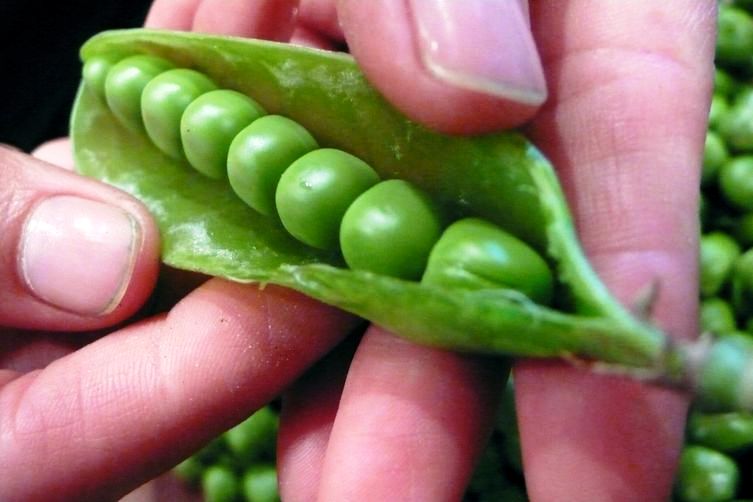
Peas in pods. Growing maize with peas protects the latter crop from aphids. This canhelp farmers access the EU market as conditions become more. Photo by Food52.
As the European Union reviews the maximum residue level (MRL) in fresh peas for export by half from July 2017, the growing maize as victims of aphids - one of the main pests for the horticultural product- may help farmers meet this stringent condition of entering this market.
Growing files along the borders and, perhaps, after some spacing within the field can help in diverting the aphids from the peas.
“Aphids are of various types, but in general, they ‘love’ maize. Growing maize and peas together reduces the susceptibility of the latter to the pests. While the aphids concentrate on the maize, this could give the main crop time to grow,” Agronomist Patrick Nyauma said.
With various researches linking lifestyle diseases like cancer to chemicals in foods, the EU has been tightened the acceptable MRL for horticultural exports.
In 2016, the MRL was reduced to 0.02 parts per million from the previous overall 0.2 parts per million. But with peas, a review is underway to reduce the MRL by 5 per cent from 10 per cent.
Kenya has been ranked the 13th on the watch-list by the EU, which imported the bulky of the country’s Sh102 billion worth of horticultural produce.
Between April 2016 and April 2017, at least 46 interceptions have been made in respect to horticultural goods failing the photosanitary test at various EU entry points, according to Kenya’s Horticultural Crop Directorate.
READ ALSO: Production plan reduces snap peas losses by 40 per cent
READ ALSO: Farmer preserves peas with tobacco leaves and chilli, saving a fortune
READ ALSO: Intensifying cow peas population increases yields per acre
These measures have led to a search for alternative ways of reducing the chemicals used in the control of pests to ease access to this rich export market for Kenya.
Companion cropping would not only reduce the cost of production in the purchase of pesticides, but also lower the amount of chemicals used in the control of the crop enemies.
According to the Manitoba agriculture journal, heavy infestation by the aphids curls leaves leading to stunted growth. Heavy infestation may lead to about 10 per cent losses.
The aphids also spread viruses like the mosaic.
“This is not a perfect prevention for the control of the aphids. But the inclusion of other integrated pest management practices could be effective in reducing chemical use given that the market is getting narrow,” Nyauma said.
Chilies, cucumber, black night shade, tomatoes, among other susceptible crops may be protected using this method.
















Comments powered by CComment